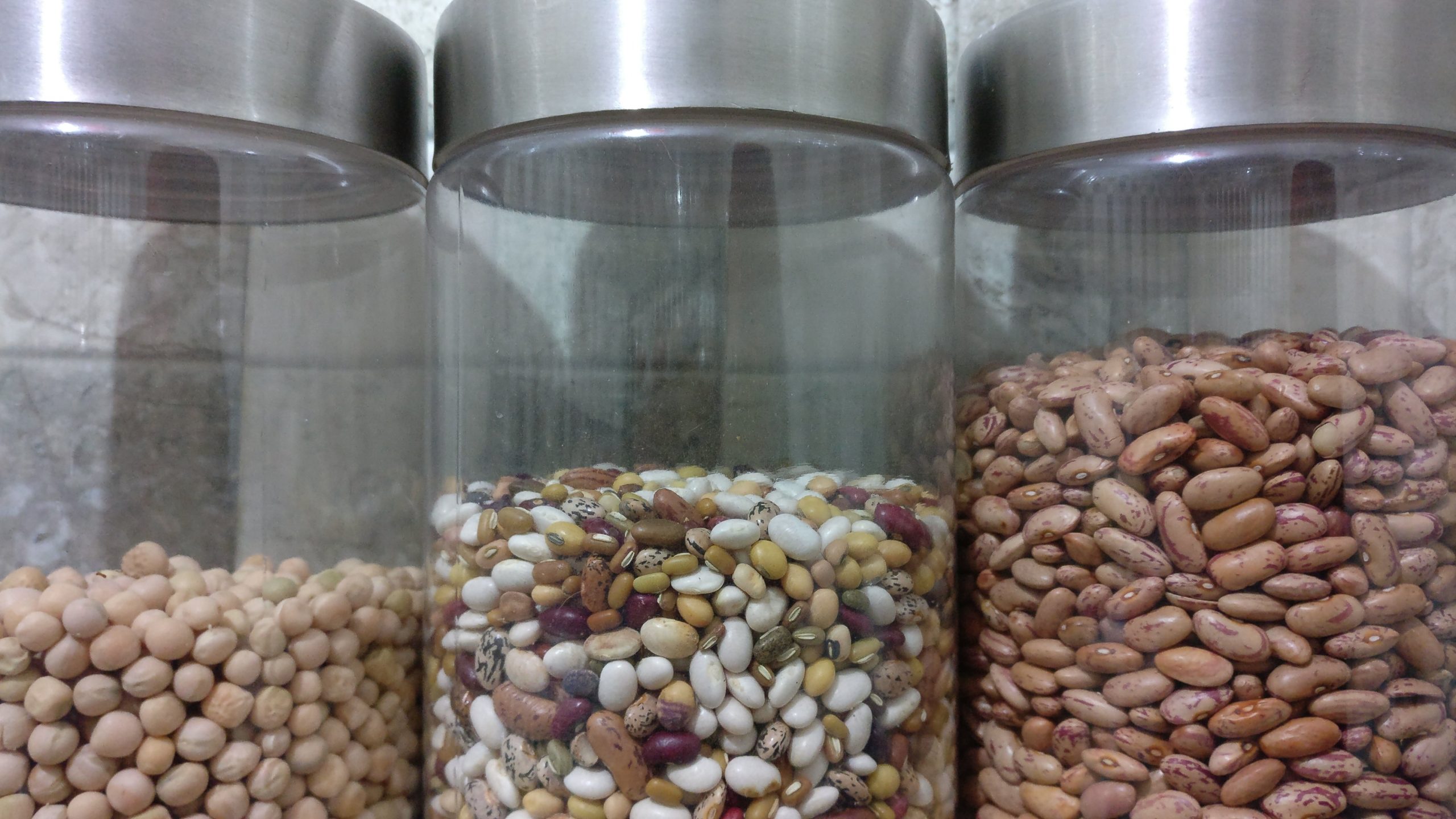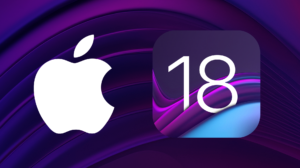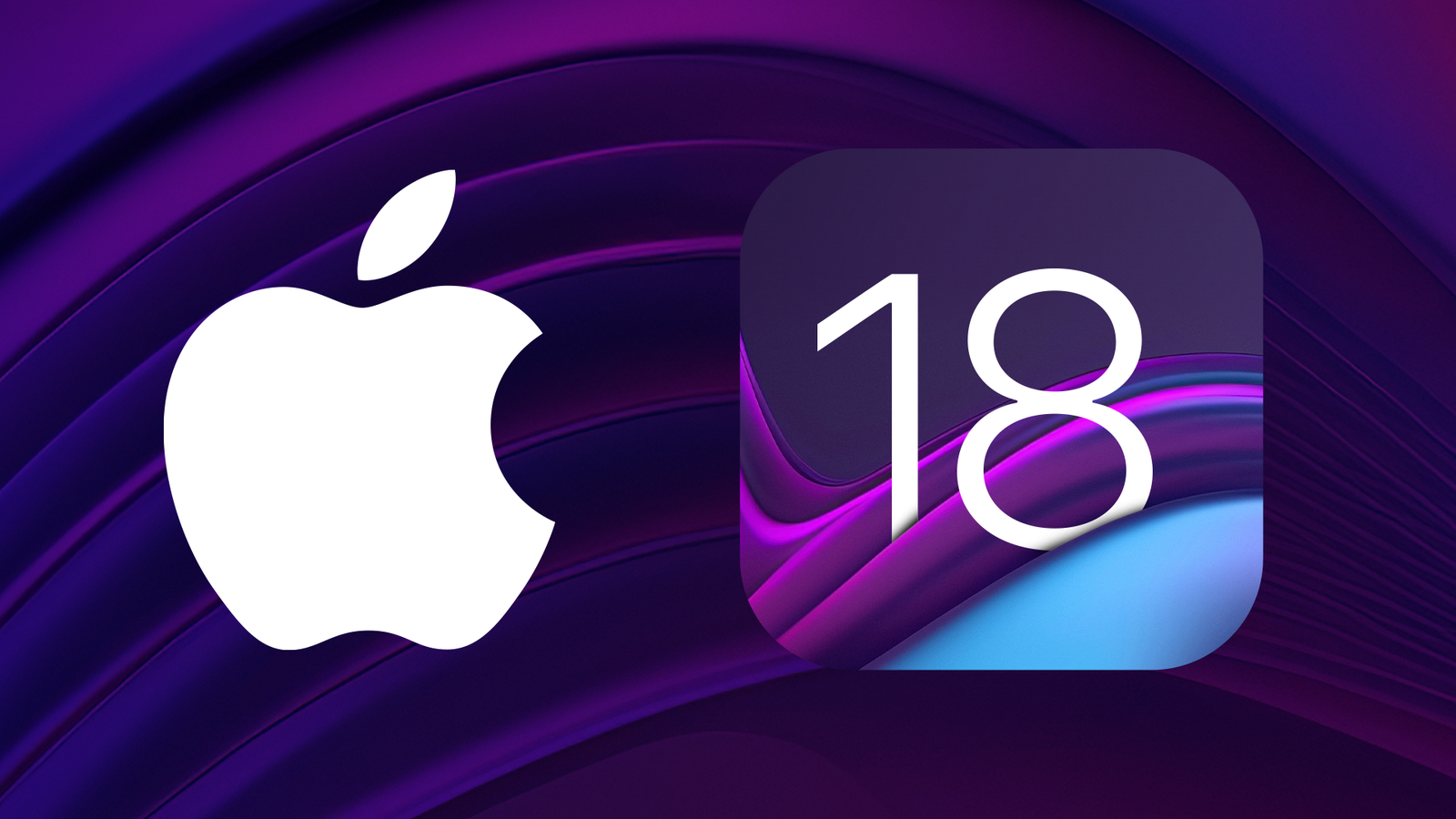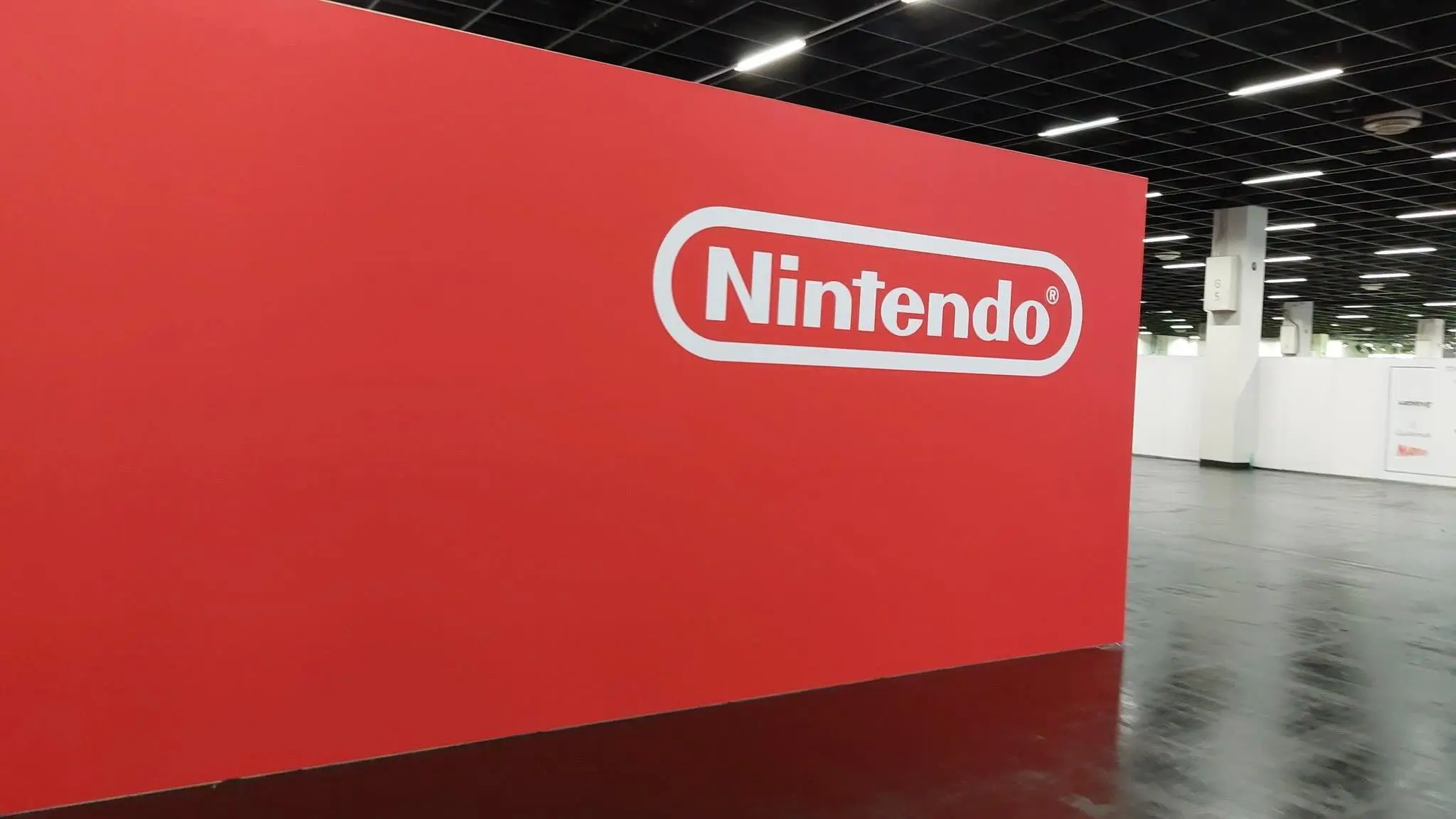It’s been six months since the revolutionary smartphone OnePlus 3 came into existence with 6GB RAM and latest processor. We were not expecting another smartphone until next year but OnePlus rose again and released a smartphone with even more powerful hardware; OnePlus 3T. This smartphone holds some integral upgrades which was much needed by the brand to stay in the competition.
As you know, Google released its smartphone for the first time with its own branding and with the latest hardware available for smartphones. OnePlus needed to upgrade its OnePlus 3 with more powerful hardware than any other smartphone out there. And OnePlus did it with the launch of Oneplus 3T. Let’s see if it’s worth upgrading your OnePlus 3 to OnePlus 3T.
Design and Build
OnePlus 3T looks exactly the same as it’s elder brother OnePlus 3; there is nothing new in the design and build. OnePlus 3T holds the streamlined design with nothing too fancy on the front or back panel. The only difference between OnePlus 3 and OnePlus 3T is the color; 3T’s gunmetal gray is a little darker than OnePlus 3’s graphite color. There is no other difference to tell the difference between the two. It comes in two colors – Gunmetal (which we have here for review) and Soft Gold, which is breathtaking and can replace Apple iPhone 7’s black (glossy) one.
OnePlus 3T is a curved rectangular smartphone, and the front panel is all covered with Gorilla Glass 4, under which sits a 5.5 inches Full HD display with the super narrow bezel (0.75 mm). Above the display is the new 16 MP selfie camera and earpiece. Below the display is the touch reactive home button and two more touch reactive keys for going back and brings up the recent apps screen. The fingerprint sensor is embedded in the touch reactive home button.
The edges have some curves making the smartphone perfect to hold in one hand, and the polished chamfer around the edges gives the phone a premium look. Let’s see what we got on the edges; the top edge is empty, right edge holds the power key and sim card tray slot. The volume rocker and alert slider are placed on the left edge, and the bottom edge holds the loud speaker, microphone, 3.5 mm audio port and USB Type-C port.
The back panel of OnePlus 3T has a small curve towards the edges making it comfortable in hands and make the phone seems thinner on the edges. The 16 MP shooter sits right between the center, on the top half of the phone with LED flash below the camera module. Below the camera is the shiny OnePlus logo branding. Overall, the design on OnePlus 3T can attract any smartphone user who seeks a simple and likable design in a smartphone.
Display
OnePlus opt for Optic AMOLED technology to put it in this beast, AMOLED displays are the best display technology out there, and it might be the future in smartphones. OnePlus 3T comes with 5.5 inches Full HD display with a pixel density of 401 ppi which is further protected by Corning Gorilla Glass 4. Bezels are very thin either side of the screen which creates an effect of the almost bezel-less display while watching videos and movies.
Optic AMOLED is no doubt an excellent choice for OnePlus 3T which not only looks awesome but also saves a little more battery than traditional IPS LCD displays. And to save even more battery, OnePlus kept the 3T one step down and stuck to 1080p display instead of Quad HD. Well, you can’t tell the difference between a quad HD until you put it on a VR headset. The display is bright and crisp; you need to adjust the brightness to full to see the content while using it outdoor in the sun.
Camera
The Camera is the second biggest update in OnePlus 3T from the previous one, not the rear but the front camera. OnePlus has doubled the front facing camera on OnePlus 3T, and now there is 16 MP camera on the front with f/2.0 aperture size. Front camera comes with fixed focus and smile capture, also capable of shooting Full HD videos at 30 frames per second and stabilize videos using the EIS (Electronic Image Stabilization) feature. The selfies taken from the front camera are bright and “Smile to capture” feature eliminates the need for touching the shutter key. Taking the picture in low light condition comes out to be bright and crisp, thanks to the large aperture size of the camera lens.
Now the rear camera, it is the same as the OnePlus 3 but with sapphire lens cover for protection against scratches. Even all the features are similar to the OnePlus 3’s camera just the “Clear Image” features is now “HQ” which adds a little more noticeable detail to the pictures, see it for yourself. Otherwise, the rear camera clicks very much detailed pictures and the colors are great in the pictures. Videos are also great OIS, and EIS did just do its job, It doesn’t remove shakes impressively, but yes it somewhat did.
The camera app is pretty neat and simple, looks more like the stock camera app from Android 6.0 Marshmallow. The features which attract me in every smartphone camera is the “Slow Motion” video capture feature; I am not a great videographer but what I created is a master piece (at least for me). Have a look at the pictures I clicked with OnePlus 3Ts camera and the slow motion video that I created.
Taking the picture in low light condition comes out to be bright and crisp, thanks to the large aperture size of the camera lens.
Performance
Apart from the front facing camera and color, OnePlus 3T’s other biggest upgrade is the processor. OnePlus wanted its flagship to stand with all smartphones with the latest Qualcomm Snapdragon 821 processor, which is a quad chip processor and even more powerful than the one on Google Pixel XL. This quad-core processor comes with two dual-core Kryo chip, one with 2.35 GHz clock frequency and other dual core chip with 1.6 GHz frequency. The amount of RAM is 6 GB LPDDR4 which is same as OnePlus 3 and the GPU is Adreno 530 which is the top notch mobile graphic processor of all time which runs at approximately 650 MHz frequency.
As expected, OnePlus 3T shows no lag or fall behind in any app even on excessive usage. Launching and closing of apps is snappy, games ran smoothly with no frame drop appeared, OnePlus 3T even handles multiplayer gaming with ease and no frame skipping or lagging. After long hours of gaming, I downloaded and some benchmarking apps and run them one by one and you can check the results below.
AnTuTu Benchmark
AnTuTu is purely a graphics benchmark which provides scores according to the device performance, check out the scores below.
GeekBench 4.0
GeekBench test the CPU for most intense usage and multitasking, test the processor for single core and multi-core performance.
3DMark
3DMark tested the smartphone with the desktop level graphics, also render 2k graphics and displayed the results.
Operating System
OnePlus 3T comes with Android 6.0.1 Marshmallow out of the box layered with OxygenOS version 3.5.4. It imitates Google Now launcher and comes with a “Shelf” on the top left page in the desktop; here you’ll find the current weather, memo, recent apps and manage center cards. You can also add your personalized widgets here as you do on home screen. The app drawer is vertical scrolling page with a search bar on the top; you can also trigger search by holding down the app drawer icon.
The whole interface just like stock Android and operates very smoothly, not like the Pixel Launcher but yes better than all other Android smartphone. Other than the user interface, OxygenOS comes with some more features, some of them are useful, and some degrade the “simpleness” of the user interface. If you are a Samsung user before (like me), then Buttons settings will help you to swap the “back” and “recent apps” capacitive button. You can even enable the on-screen navigation bar if you find it comfortable above touch reactive buttons like in Nexus smartphones.
Hardware
The first feature which makes OnePlus smartphones different from all other Android smartphones is the “Alert slider” to adjust the alert profiles with the slide of a slider. OnePlus tried to make this feature similar to Apple iPhones, but this feature is nothing like that, you can totally customize the all three positions of the slider in settings.
The fingerprint scanner is front facing and placed below the display; it also works as a touch reactive home button. For me, the fingerprint sensor worked better than other fingerprint sensors I’ve used on other smartphones (except Pixel XL, it’s better). It is accurate and unlocks the OnePlus 3T in the blink of an eye. I really wanted to see the stereo loudspeakers in OnePlus 3T but what we got here are good and loud enough so that you won’t miss any of your calls.
OnePlus 3T now got a more powerful processor, and to hold all that power OnePlus improved the battery. OnePlus 3T comes with a 3400 mAh which is noticeably bigger than the one in OnePlus 3 (3000 mAh). Dash charge is still there and charges the phone to above 90% in 30 to 35 minutes. Battery performed well and can give you a whole day with a full charge, but you have to rush to the charger after coming back to home.
Specifications
- 5.5 Inches Full HD Optic AMOLED display
- Android 6.0 Marshmallow (Oxygen OS)
- Qualcomm Snapdragon 821 (2 X 2.35 GHz Kryo & 2 X 1.6 GHz Kryo)
- Adreno 530 GPU
- 64/128 GB ROM and 6 GB RAM
- 16 MP rear and 16 MP front facing camera
- USB Type-C port
- 3400 mAh battery
- Color: Gunmetal, Soft Gold
Pros
- Premium and seek design
- Light weight
- Lots of RAM
- Smooth interface
Cons
- Navigation keys are too sensitive
- Full HD display (should be Quad HD)
- SD card slot unavailable
Bottom Line
This upgrade to the hardware comes with some upgrade at a price too. Although there is no need to upgrade your OnePlus 3 but if you want then the OnePlus 3T 128 GB version and 6 GB RAM is available for Rs. 34,999. And if you are planning on buying a new smartphone with hardware which won’t get outdated until next year, then OnePlus 3T is what you should go for.























